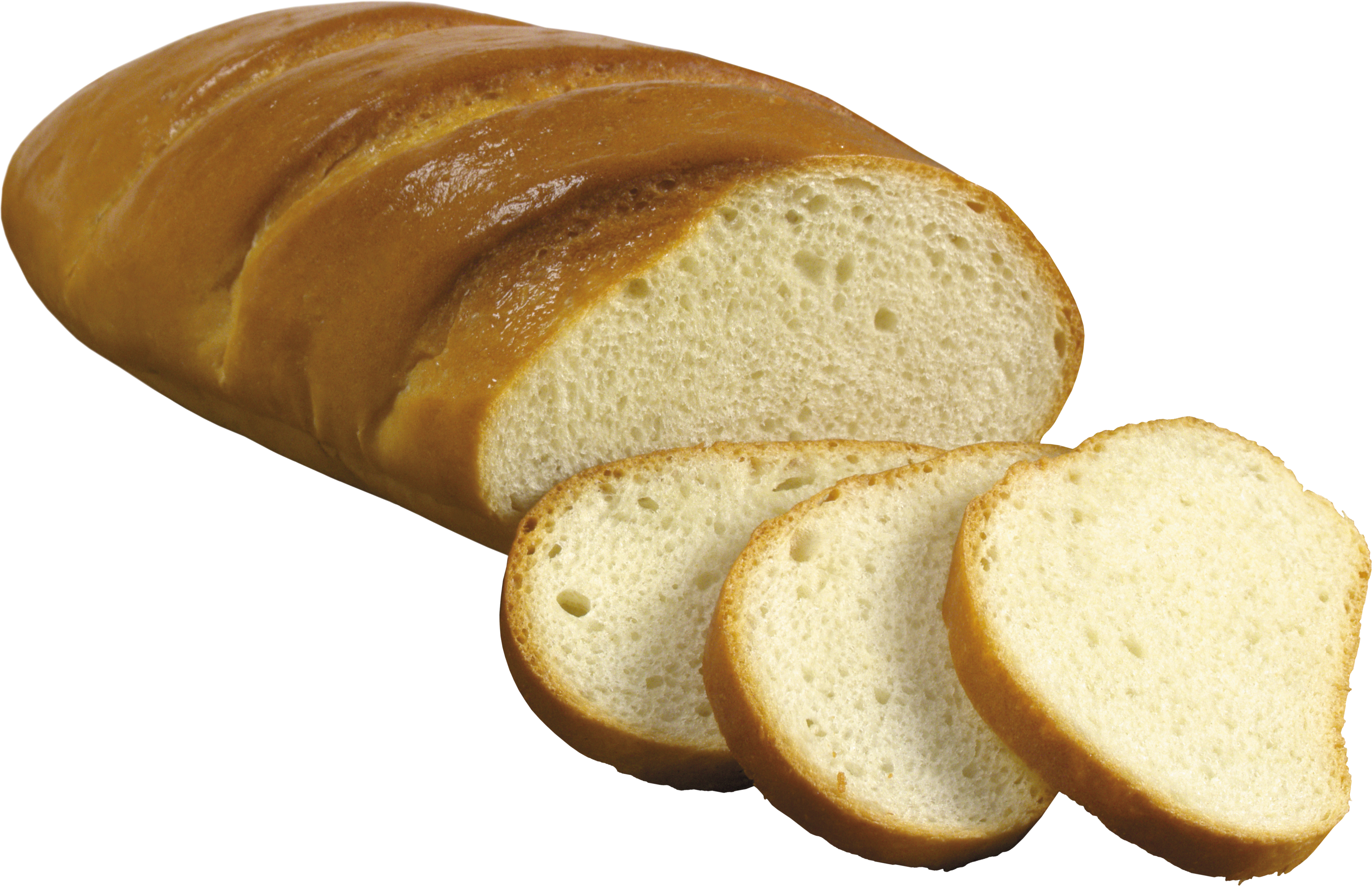The Creation Of Bread

Bread is one of the oldest prepared foods. Evidence from 30,000 years ago in Europe and Australia revealed starch residue on rocks used for pounding plants. It is possible that during this time, starch extract from the roots of plants, such as cattails and ferns, was spread on a flat rock, placed over a fire and cooked into a primitive form of flatbread. The oldest evidence of bread-making has been found in a 14,500-year-old Natufian site in Jordan's northeastern desert. Around 10,000 BC, with the dawn of the Neolithic age and the spread of agriculture, grains became the mainstay of making bread. Yeast spores are ubiquitous, including on the surface of cereal grains, so any dough left to rest leavens naturally.
An early leavened bread was baked as early as 6000 BC in southern Mesopotamia, cradle of the Sumerian civilization, who may have passed on the knowledge to the Egyptians around 3000 BC. The Egyptians refined the process and started adding yeast to the flour. The Sumerians were already using ash to supplement the dough as it was baked.
Bread is the staple food of the Middle East, Central Asia, North Africa, Europe, and in European-derived cultures such as those in the Americas, Australia, and Southern Africa. This is in contrast to parts of South and East Asia, where rice or noodles are the staple. Bread is usually made from a wheat-flour dough that is cultured with yeast, allowed to rise, and baked in an oven. Carbon dioxide and ethanol vapors produced during yeast fermentation result in bread's air pockets. Owing to its high levels of gluten (which give the dough sponginess and elasticity), common or bread wheat is the most common grain used for the preparation of bread, which makes the largest single contribution to the world's food supply of any food.
| Types | Place Of Origin | Foods Involving Type |
|---|---|---|
| Wheat | Mesopotamia | Turkey Sandwich |
| Sourdough | Switzerland | Bread Bowls |
| Ciabatta | Italy | Turkey Pesto on Ciabatta |
- The longest loaf of bread ever baked was 1.2 km long.
- The Great Fire of London started at the bakery.
- Unit sales of fresh bread and rolls in the United States were $5.8 billion for the 52 weeks ending August 11, 2013.
- Bread became a staple food around 10,000 years ago during the Neolithic.
How long in kilometers was the largest loaf of bread?